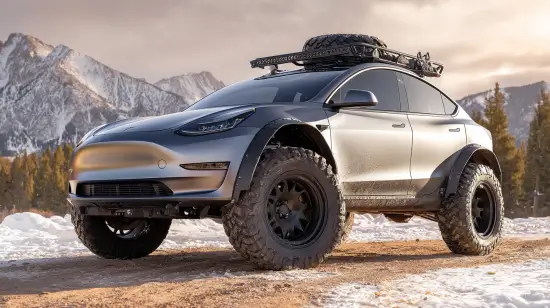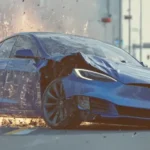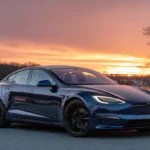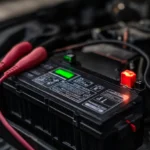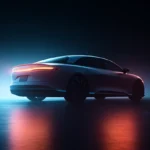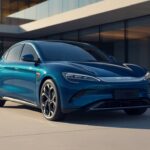A coast-to-coast EV trip no longer requires spreadsheets and prayer. Supercharger access for Ford, GM and Hyundai drivers, plus denser CCS coverage, make 2025 the easiest year yet to chase the horizon on electrons. Follow the 11 steps below and you’ll trade range anxiety for road-trip nostalgia—minus the petrol fumes.
1. Pick routing apps that know your car
A Better Routeplanner (ABRP) and Chargeway sync live weather, elevation and your exact battery curve. Enter your VIN, set a comfortable arrival buffer—15 % is realistic for rural gaps—and let the algorithm sprinkle stops at the sweet spot: ~10 %–70 % SoC. Pro tip: In ABRP’s 2025 build, toggle “Show NACS-Only Sites” if you drive a Tesla-compatible non-Tesla.
2. Bookmark real-time station status
Even the best planner needs redundancy. Keep PlugShare pinned for crowdsourced updates and Electrify America / ChargePoint / Tesla apps installed for live stall counts. In the Great Plains, one stalled cabinet can add 120 miles to your next usable site—better to learn that before you arrive.
3. Book lodgings with Level 2 overnight juice
Filter hotels by “onsite EV charger” in Google Maps or Booking.com, then call to confirm power, price and plug type. Overnight Level 2 adds 30–40 kWh—enough to skip your morning fast-charge and buy a sit-down breakfast instead.
4. Pack the right charging kit
| Gear | Why You Need It | 2025 Pick |
|---|---|---|
| NACS ↔ CCS adapter | Supercharger access for non-Teslas | Official Ford / GM adapter or Lectron V4 |
| Portable Level-2 EVSE (32 A) | Back-up at campsites, friends’ dryers | Grizzl-E Mini or Tesla Universal Wall Connector |
| 50 A RV adapter + 40 ft heavy-duty extension | KOA or state-park charging | Camco 1450P + 6-gauge cord |
| Tire-inflator + plug kit | Range drops when PSI drops | AstroAI 12-V compressor |
| Jump pack for 12-V battery | A dead aux battery strands an EV | NOCO BoostX GB50 |
5. Exploit campground and rec-area charging
Most U.S. state parks offer 14-50 outlets at RV pads. Set charging current to 24 A (80 % of breaker) to avoid tripping overnight. Wake up with a 100 % battery and sunrise over the canyon.
6. Use climate pre-conditioning to save miles
Schedule cabin pre-heat/cool during the last ten minutes of a fast-charge stop. Energy comes from the charger, not your battery, adding 6–10 miles of free range each stint.
7. Mind the weather windows
Headwinds and sub-freezing temps can sap 15-25 % range. In winter, plan extra stops every 120–140 miles and pre-condition aggressively. In desert heat, arrive with >10 % buffer: overheated cabinets may throttle power below 50 kW.
8. Stagger meals with charging breaks
Optimal rhythm: drive 150–180 miles → 20-minute DC stop → bathroom + snack. You’ll average ~55 mph overall—similar to old gasoline road-trips, but with less idle downtime.
9. Budget emergency time and funds
Aim to reach each night’s lodging by 8 p.m. to leave daylight margin for detours. Keep $100 in cash: some rural Level 2 hosts (county fairgrounds, mom-and-pop RV parks) still ask for bills or envelopes.
10. Build a plan B for blackouts
Download offline maps, note every J-1772 (Level 2) pin along your corridor, and carry that portable EVSE. Worst-case: a 6 kW RV socket adds ~20 miles per hour—slow, but beats a tow truck.
11. Document your journey for future routing updates
Rate stations in PlugShare, flag broken connectors, and share kWh delivered. Your notes help fellow travelers and often trigger quicker repairs by network operators.
Final charging stop
Planning the ultimate cross-country EV trip in 2025 boils down to three Ps: Preparation, Plug-share, and Portable gear. Master those, and you’ll chase sunsets, not sockets. Happy electrons—and safe travels!
